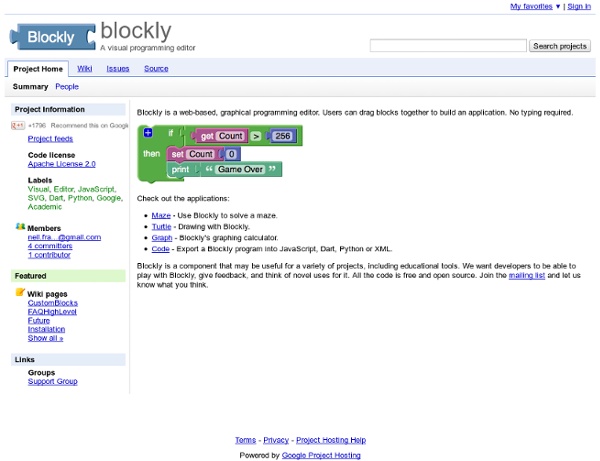Zoom
Trash
Related:



HTG Explains: What Can You Find in an Email Header? Whenever you receive an email, there is a lot more to it than meets the eye. While you typically only pay attention to the from address, subject line and body of the message, there is lots more information available “under the hood” of each email which can provide you a wealth of additional information. Why Bother Looking at an Email Header? This is a very good question. For the most part, you really wouldn’t ever need to unless: You suspect an email is a phishing attempt or spoofYou want to view routing information on the email’s pathYou are a curious geek Regardless of your reasons, reading email headers is actually quite easy and can be very revealing. Article Note: For our screenshots and data, we will be using Gmail but virtually every other mail client should provide this same information as well. Viewing the Email Header In Gmail, view the email. Then click the arrow in the upper right corner and select Show original. The resulting window will have the email header data in plain text.
Boston Game Jams – Game jams, tools, community Cville CoderDojo - Home les_joies_du_code(); Harkness App Sorry, your username or password cannot be left blank Login with an existing account: Unfortunately, your passwords don't match Whoops! You've left your username blank Whoops! Sign up for an account: Classes Skip this and just view Public discussions Saving to server disabled Sorry, we didn't have enough time to enable saving to the server yet but we're working on it and hope to have it up in the next few days. Yay! That student is not part of the discussion Students: Include either only the first name or both first and last names Harkness App © 2011/2012 Ryan Petschek & Jules Becker Built with HTML5, CoffeeScript, CSS3, PHP, and MongoDB Version 1.0.0 Questions, comments, need help? To jump right in, click "Add..." to add a class and fill out the students. Harkness App is still in beta and bugs are inevitable in a large application like this.
Hacker's Delight Monthly Experimental Games Crayon Physics Deluxe out now for iPad November 30th, 2012 Crayon Physics Deluxe is out now for iPad! We finally made a proper iPad port of Crayon Physics Deluxe and to celebrate its launch we’re giving it away for free. There’s a bunch of new stuff in this version of Crayon Physics Deluxe. Go get it now. We’re also getting ready to launch the Android version of Crayon Physics Deluxe on Google Play. Edit: The PC, Mac and Linux versions of Crayon Physics Deluxe are also free for the next 24 hours. The Humble Bundle for Android 4 (with Crayon Physics Deluxe) November 13th, 2012 Crayon Physics Deluxe is now available for the Android through Humble Bundle for Android. Humble Bundle release is sort of an beta release for the Android version of Crayon Physics Deluxe. Lecture: Why Being Poor and Having No Budget is Good For Making Games September 1st, 2011 I lectured at Assembly 2011 about this idea I had had about why limitations are good for creativity. July 27th, 2011 July 26th, 2011
Build Your Own Blocks (BYOB) Un programme pour créer votre propre orchestre de lecteurs de disquette Vous avez une envie furieuse de vous refaire la Marche Impériale aux lecteurs de disquette ? La reprise d’Haddaway version Low Tech vous a donné des idées de bricolage à réaliser ? Voici un programme gratuit et libre qui devrait vous aider à réaliser votre fantasme de ressusciter vos vieux lecteurs devenus inutiles, pour les transformer en un véritable petit orchestre geek ^^ Sammy1Am, une personne très active sur YouTube dans le monde des musiques jouées en utilisant des lecteurs de ces bonnes vieilles Floppy Disks, a créé Moppy, un contrôleur musical pour lecteur de disquette. Vous aurez besoin pour réaliser un montage équivalent à ses réalisations : d’un Arduino Uno,de lecteurs de disquette,d’une alimentation ATX pour alimenter les lecteurs,et de câbles électriques. Notre développeur a même créé une vidéo dans laquelle il explique comment il faut procéder pour réaliser son projet. Un vrai tutoriel, qui nécessite tout de même quelques compétences en informatique et en électronique Source
Harkness table Students and instructor seated around a Harkness table What I have in mind is [a classroom] where [students] could sit around a table with a teacher who would talk with them and instruct them by a sort of tutorial or conference method, where [each student] would feel encouraged to speak up. This would be a real revolution in methods.[2] Harkness learning can vary — most notably between humanities subjects such as English, and technical subjects, like math or physics. References[edit] External links[edit] USB firmware debugging with USBTrace, PicKit & MPLAB IDE Ah, the joy of firmware debugging! I’ve been working on a USB firmware for my new upcoming product that involves a dual traditional TTL (Serial) and a USB-TO-SERIAL converter (CDC Communication Port) implemented in the same firmware. The firmware was written in C18 , using the USB stack from Microchip Applications Libraries. Everything worked well until I suddenly discovered that while sending data over the CDC port from the computer to the device, the device would *sometimes* receive garbage data instead of what I sent. The tracking of this bug turned out to be so adventurous and involved that I decided to write a tutorial about it. So where do we go from here ? #1 – the computer terminal, or USB driver has gone crazy, it is sending something else instead of what was typed #2 – there’s a hardware noise problem on the USB lines #3 – there’s a bug in the Microchip USB Stack #4 – there’s a bug in my code Wow , that was an overwhelming number of packets! #4 – there’s a bug in my code A.